General Information
Tour Highlights
- Discover Kuala Lumpur - the capital city of Malaysia
- Escape the crowded city to enjoy the fresh air breathtaking landscape in Cameron Highlands
- Learn more about the history and culture of the World’s Heritage city of Penang
- Discover the beautiful coastal city of Kota Kinabalu with its rainforest, bustling markets, white sand beaches, majestic mountain, and national park
Tour Details
Duration: 12 Days/ 11 Nights
Start/ End: Kuala Lumpur / Kota Kinabalu
Tour Route: Kuala Lumpur – Pulau Ketam – Malacca – Penang – George Town – Pulau Payar – Kota Kinabalu
Tour Customizable: Definitely! Tell us your interest
Vehicle: private air-conditioned vehicle and licensed driver
Guide Service: private English-speaking guide
Tour Departure: No fixed departure. Anytime you wish!
Brief Itinerary
Day 1: Kuala Lumpur Arrival
Day 2: Discover Kuala Lumpur (B)
Day 3: Transfer from Kuala Lumpur – Pulau Ketam – Kuala Lumpur (B, L)
Day 4: Transfer from Kuala Lumpur – Malacca – Kuala Lumpur (B, L)
Day 5: Transfer from Kuala Lumpur – Penang (B, L)
Day 6: Transfer from Penang – George Town (B)
Day 7: Transfer from Penang – Pulau Payar – Penang (B, L)
Day 8: Discover Penang (B, L)
Day 9: Transfer from Penang – Kota Kinabalu (B)
Day 10: Discover Kota Kinabalu (B)
Day 11: Discover Kota Kinabalu (B)
Day 12: Kota Kinabalu Departure (B)
Full Itinerary
Day 1: Kuala Lumpur Arrival
Upon arrival, our representative will be waiting to warmly greet and escort you to the hotel. Once you’ve settled in the hotel, relax at leisure as the rest of the day will be yours.
Day 2: Discover Kuala Lumpur (B)
In the morning, we will pick you up then we start a journey to explore Kuala Lumpur City.
The first destination is the Petronas Twin Tower - considered as the symbol of Malaysia. Petronas Twin Tower, pair of skyscraper office buildings, is one of the highest towers in the world with 88 stories and 403m in height. This is the landmark of Kuala Lumpur, officially opened in 1999.
We continue to visit Jamek Mosque, located in the confluence of 2 main streams in Malaysia: Sungai Klang and Sungai Gombak. This is the oldest mosque in the city, built-in 1900 and opened in 1909, being the main praying place of the city until National Mosque opened in 1965. The mosque’s design was inspired by the Mughal architecture of North India.
Keep going on the tour and we visit The National Museum, which brings you knowledge about Malaysia history as well as cultures and customs of Malaysian from the past to present. Moreover, the museum exhibits various valuable artifacts, such as a traditional weapon, musical instruments, ceramic or pottery handicrafts, …
The last destination in the morning is Thean Hou temple - one of the largest temples in Southeast Asia. Completed in 1987 by the Selangor and Federal Territory Hanan Association, the temple is known as the temple of Heaven God. It is famous for its combination in architecture, between traditional and modern architectural technique. Then Hou temple features a Chinese herb garden and a tortoise pond accompanied with a well; beside it is a sacred Bodhi tree.
In the afternoon, after lunchtime, we visit Batu Caves. Located 13km northern from bustle Kuala Lumpur, Batu caves lies inside the limestones mountain including a system of caves with various temples. Batu caves are about 400 million years old but just was found in the 19th century, known as one of the most famous and sacred Hindu shrines in Malaysia. Tourists have to climb 272 footsteps to go inside the caves. Batu caves are attractive due to its giant and dedicated handmade sculptures by Indian.
Return to the hotel and the evening will be on your own.
Day 3: Transfer from Kuala Lumpur – Pulau Ketam – Kuala Lumpur (B, L)
Today, after breakfast, we take the whole day to explore Pulau Ketam, an island located off the coast of Port Klang, Selangor. This island is also known as “Crab Island”, famous for its abundant fishing traditions and unique houses built on stilts because the island is submerged during high tide. There is no car on the island, the main means of transportation there is a bicycle, sometimes motorbike. All of the villages on the islands majorly live on fishing activity, transferring to the others by boat.
You have to take a ferry riding from port Klang to reach Pulau Ketam. There are many species of crabs for you to explore: mud crabs, fiddler crabs, mudskippers, … You also have a chance to observe local life with fishing traditions.
We settle down having a seafood lunch, then heading back to Kuala Lumpur. Along the way, we head to the Istana Alam Shah which is the official palace of the Sultan of Selangor, situated in southern Klang. The palace was built in 1905 during the rule of Sultan Sir Alaeddin Sulaiman Shah, who was the fifth Sultan of Selangor. Nearby is Sultan Salahuddin Mosque. This is the largest mosque in Malaysia and the second largest in Southeast Asia. The mosque stands out due to its blue dome, is also known as the Blue Mosque. Sultan Salahuddin Mosque was completely constructed in 1988 after Sultan Salahuddin Abdul Aziz (the eight king of Selangor) declared Alam Shah as the new capital of Selangor. The architecture of this mosque is the combination of Malaysian and Islamic style.
Return to the hotel and you are free to explore Kuala Lumpur by night.
Day 4: Transfer from Kuala Lumpur – Malacca – Kuala Lumpur (B, L)
Today, we will take a whole day to visit Malacca - such a gorgeous and historic city in Malaysia and it was recognized as a World’s Heritage Site by UNESCO.
The first destination is Saint Peter’s Church - the oldest functioning Roman Catholic Church in Malaysia. It is the combination in structure between eastern and western. The church was built in 1710, after the occupation of Portuguese to Malacca. Under the occupation of Portuguese, churches were destroyed and Catholics were not permitted to have their cemeteries or even pray in their own homes. It was not until Dutch succeeded in the war that St. Peter’s church was constructed.
The next destination is A Famosa Fortress - one of the symbols of the old Malacca city. It is also an unforgettable milestone of Malaysian culture 600 years ago. Located in St. Paul Hill, the fortress is the oldest remainder remnant of European architecture in Asia. A Famosa was built in 1551 by Portuguese, destroyed when Dutch occupied Malacca, now there is just a wall remnant left. Nearby A Famosa Fortress is Saint Paul’s Church - a place that you can’t miss when you visit Malacca. The St Paul’s church lies at the top of St. Paul hill, built-in 1521 by Portuguese and stick to revolutions of Malacca city. Located right at the center of the city, the church was constructed in European unique architecture: red-painted like many other churches in Europe. The church was burned all of the tops, now is just an empty building, still be a historic place of Malacca. We continue to visit Christ Church, which is outstanding on Jalan Gereja street with its red-painted wall and a huge white cross on the top. This is the heritage built by Dutch in 1753 to celebrate their occupation to Malaysia as well as to make room for praying. When English colonist came to Malaysia, they turn Christ Church from Protestantism to English denomination. The church is not huge, but there is a colorful garden outside it.
You will have a chance to give a try to many authentic tasty cuisines before visit Cheng Hoon Teng Temple - the Chinese oldest temple in Southeast Asia. The temple is located nearby Jalan Emas Tukang street, where is contributed place of 3 different religions: Kling Mosque, Sri Poyyatha Moothri Indian temple, and Cheng Hoon Teng Chinese temple. Built-in 1645 by two Chinese general under the period of Portuguese occupation, the temple was recognized as historic cultural heritage by UNESCO due to its special and unique architecture, being the witness of the oldest Chinese movements in Malacca and in Malaysia.
Then, we take a stroll along Malacca’s Jonker Street to the Malacca river, boarding a boat to wander around this UNESCO heritage city.
Return to Kuala Lumpur and you are free.
Day 5: Transfer from Kuala Lumpur – Penang (B, L)
You will be free at leisure until we transfer to Penang. Enroute, we across Sam Poh Tong Temple in Ipoh, Perak. Being built within a limestone cave, this Chinese Buddhist temple is the oldest and most famous cave temples in Ipoh, Malaysia. The temple was constructed in a raw limestone cave in the mountains located about 5 km from Ipoh. The façade of Sam Poh Tong dates us back to the 1950s and a stiff climb of 246 steps will lead you to an open cave with an excellent view of Ipoh and its surroundings. There is also a place that nuns and monks dedicating their lives to Buddha still occupy. Continue our journey to Penang and we meet Ubudiah Mosque which is one of the most gorgeous mosques in Malaysia. This mosque is outstanding due to its huge golden dome and minaret. Built-in 1913, the architecture of Ubudiah Mosque is the combination of Malaysian and Indian architecture.
We have lunch in Ipoh and keep going to Penang
Day 6: Transfer from Penang – George Town (B)
After breakfast, we will pick you up for the Tropical Spice Garden Cooking School. This is the first cooking school in Penang, surrounded by jungle trees and wildlife, a small herb garden and a glimpse of the Andaman Sea. With the guidance of professional chefs, you can learn how to cook local cuisines like Assam Laksa, Nasi Lemak, Chicken Tandoori and even inspired beverages. Then you can enjoy the foods made by yourself at lunchtime in The Pavilion.
In the afternoon, we visit Kek Lok Si Pagoda. Located in such a sacred place, this is one of the biggest pagodas in Southeast Asia. There are 1000 carved Buddha statues in this 7-story pagoda and a huge Buddha statue at the top of Kek Lok Si. The pagoda was completely constructed in 1905, being inspired by the chief monk of the Goddess of Mercy Temple at Pitt Street. This is such a must-visit place when coming to Penang.
The last destination today is Penang Hill. This is one of the oldest colonial hills, established by English during the time in Malaysia. Penang Hill includes some hills: Strawberry Hill, Halliburton’s Hill, Flagstaff Hill, Government Hill, Tiger Hill, and Western Hill. The highest point of all these hills is at Western Hill, 833m above sea level. From there, you can take a whole sight to George Town of Penang.
Return to the hotel and you can leisurely explore Penang by night.
Day 7: Transfer from Penang – Pulau Payar – Penang (B, L)
Today, we take a half-day tour to Pulau Payar - an island in Kedah, where we can reach by speedboat. It's status as a marine conservation park, offering protection for its marine life. This also is a snorkeling and diving site, famous for its brightly colored corals and fishes.
We have lunch in Pulau Payar, then return to Penang and the best time of the day is on your own.
Day 8: Discover Penang (B, L)
Get up and have breakfast, then we will pick you up to explore George Town – the ancient town was recognized as World’s Heritage Site by UNESCO. Being an English colony, there is much valuable architectural heritage remained due to strict control. The town is famous for street art with 3D graffiti paintings along on the building walls and for the ancient beauty of houses. The majority of residences living there is Chinese, therefore the architecture in George Town is Chinese style with Buddhist pagoda, the smell of incense smoke… You also have the chance to enjoy various street food with such a unique local taste.
Return to the hotel and you are free.
Day 9: Transfer from Penang – Kota Kinabalu (B)
The time will be on your own until you transfer to the airport, taking the flight to Kota Kinabalu. Checking-in the hotel and you are free at leisure.
Day 10: Discover Kota Kinabalu (B)
Today, we take a visit to Crocker Range - the mountain range in Sabah, separating the east coast and west coast of Sabah. At 1,800m above sea level, Crocker Range is the highest mountain range in Sabah containing the Mt. Kinabalu which is one of Southeast Asia's highest mountains. The area surrounding Mount Kinabalu on the west coast of Sabah has been the Kinabalu Park since 1964 and was the country's first World Heritage Site in 2000 for its outstanding universal values and the role as one of the most important biological sites in the world with various species of flora and fauna.
We have a picnic lunch and continue trekking to Poring Hot Sulphur Springs so that you can have a chance to take a dip into hot sulfur springs.
Return to hotel and the time will be on your own.
Day 11: Discover Kota Kinabalu (B)
Today, you can freely discover Kota Kinabalu. If you look for some entertainments, just ask your guide for suggestions.
Day 12: Kota Kinabalu Departure (B)
Time to say goodbye Malaysia. Breakfast and morning at leisure until getting escorted to the airport for a flight coming home. The trip ends. Hope you had a beautiful journey. If you are going to join other Asia tour packages, let us be your partner.

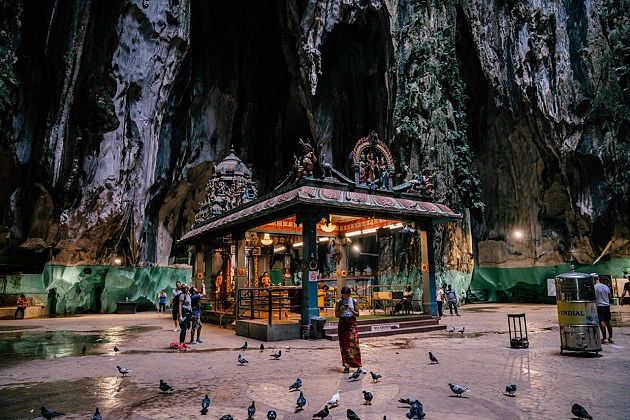
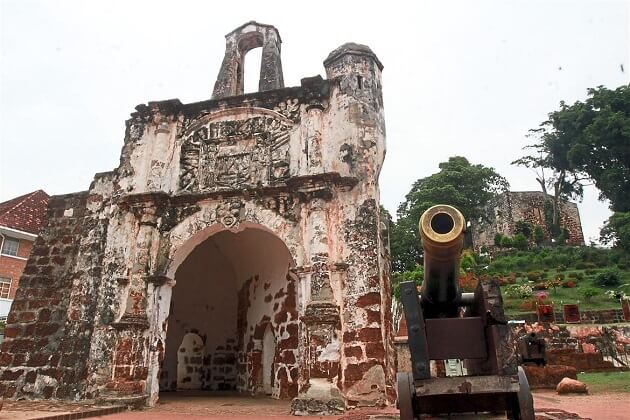
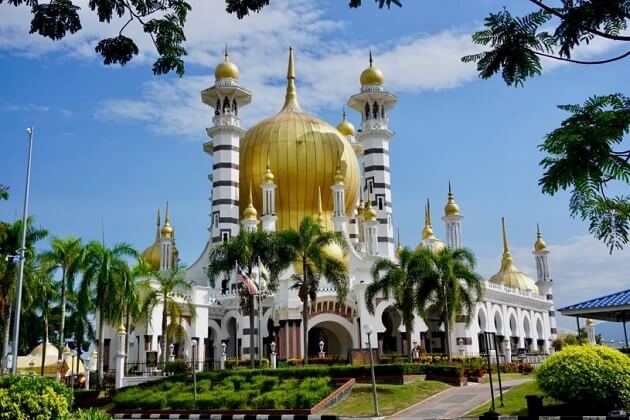
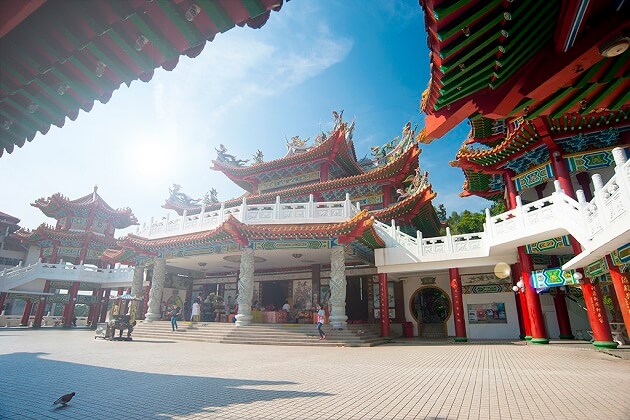
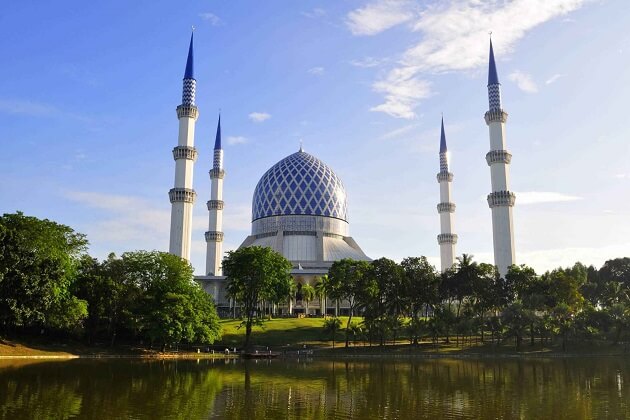
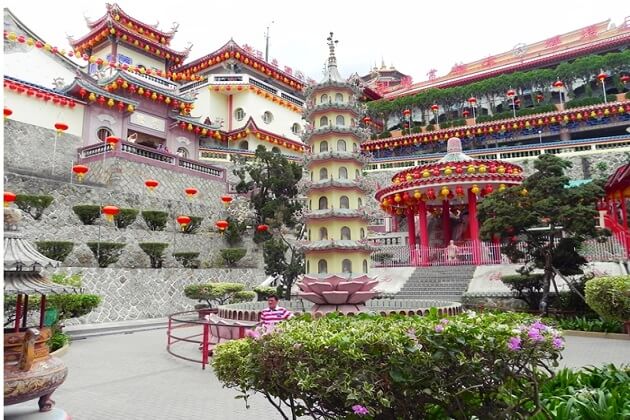
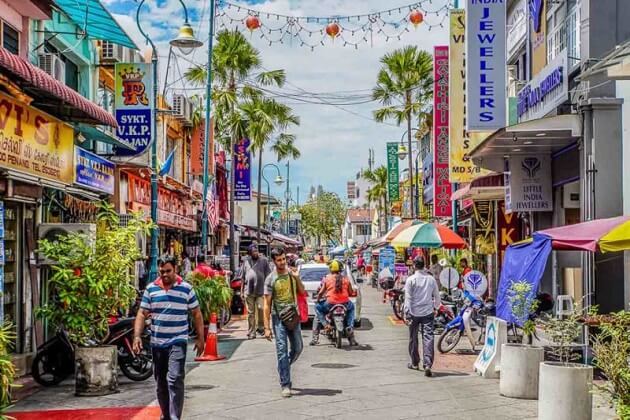
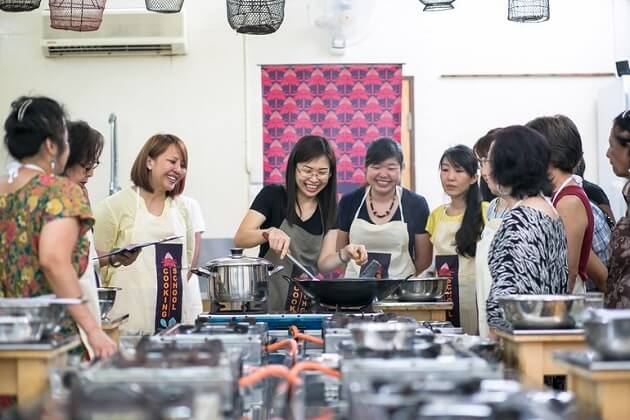
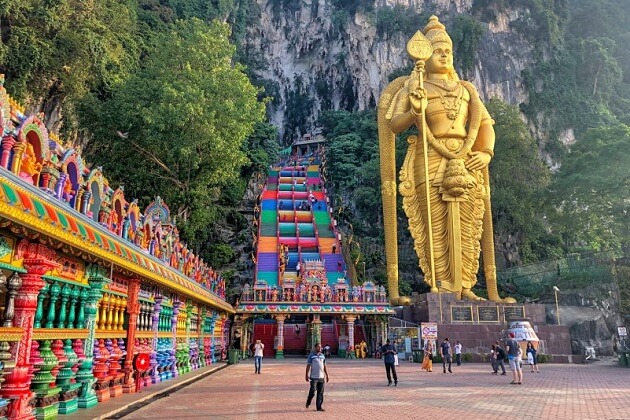
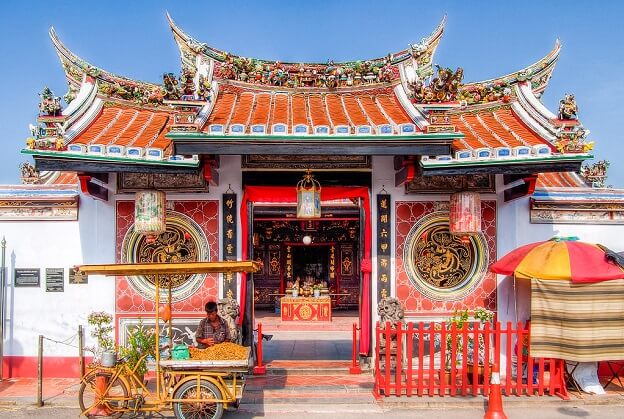
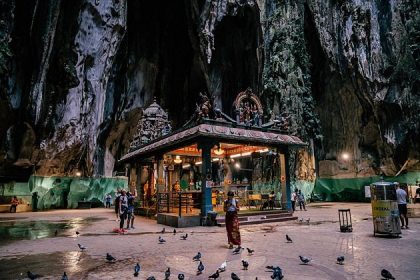
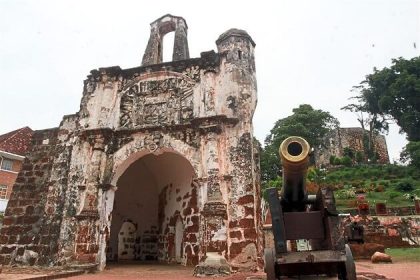
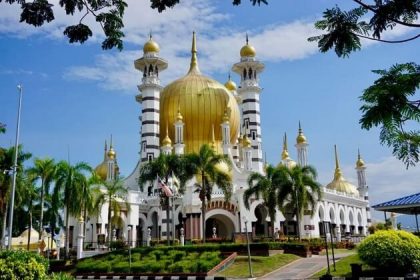
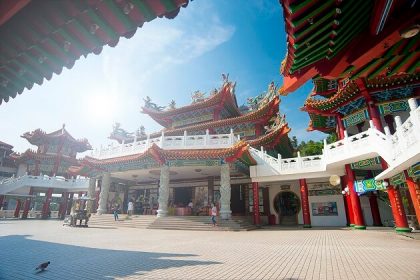
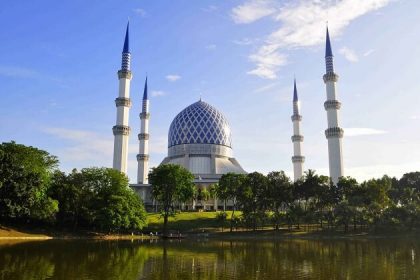
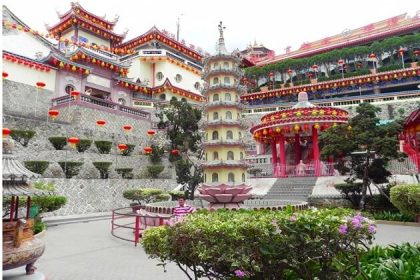
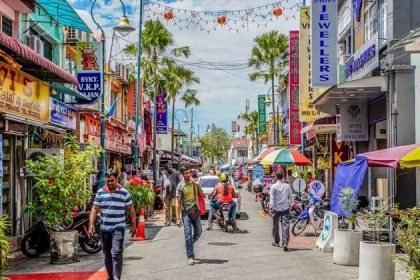

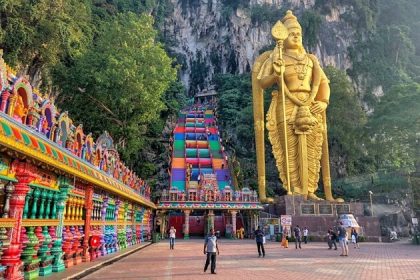
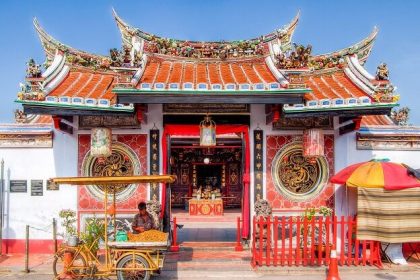
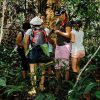
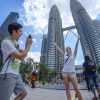

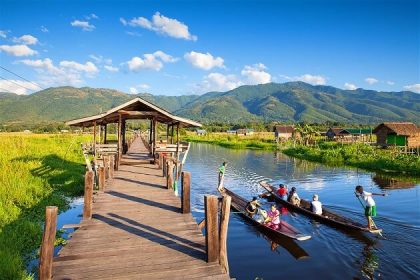
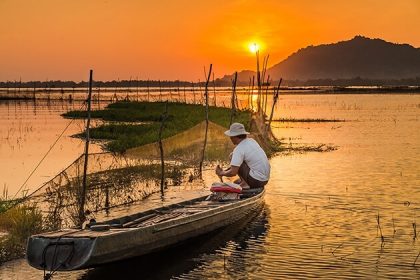
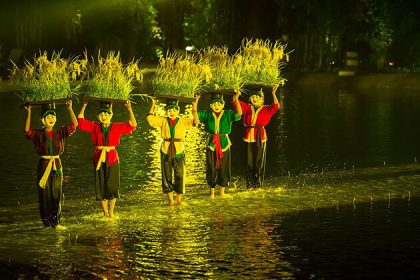
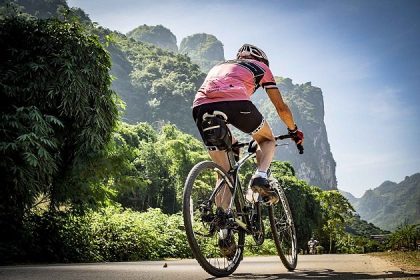
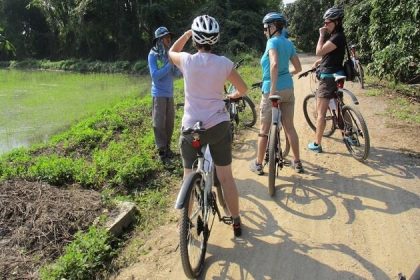
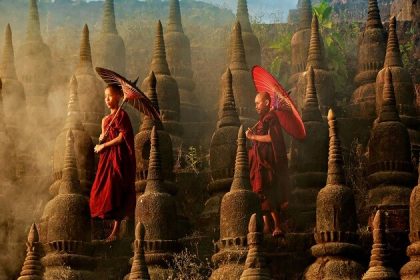
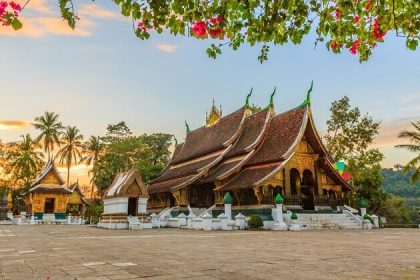
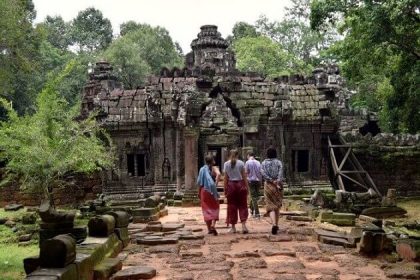
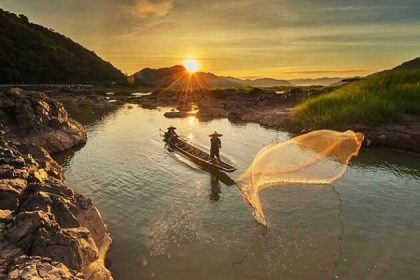
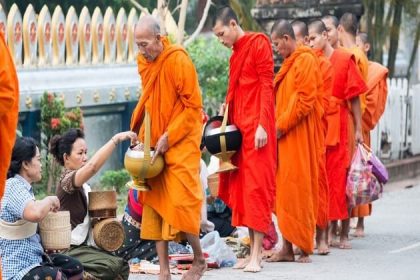
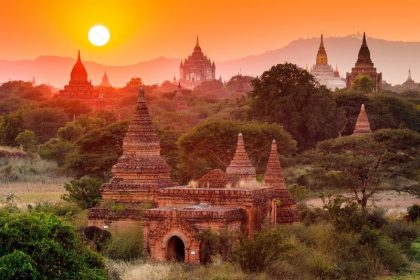
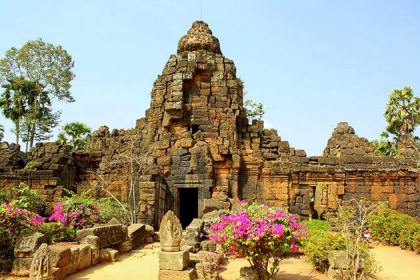
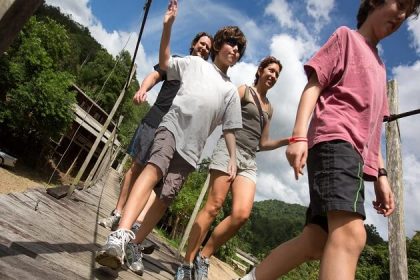
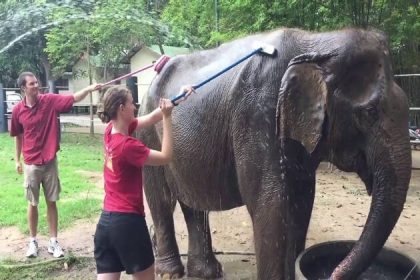
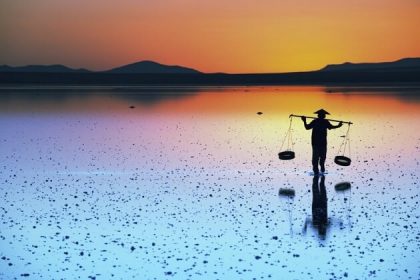
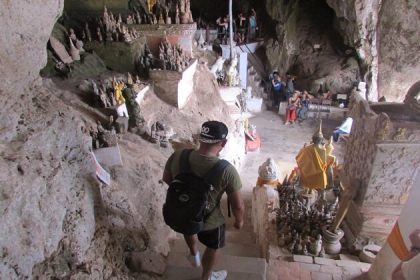
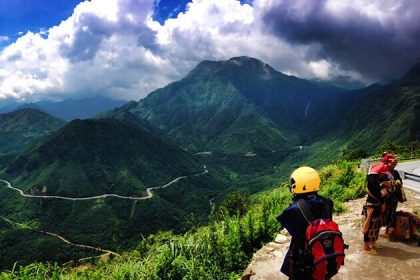
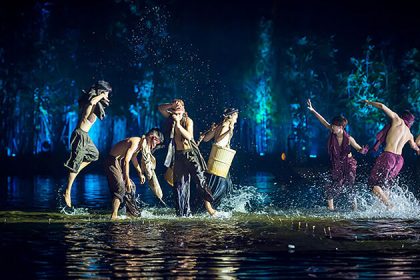
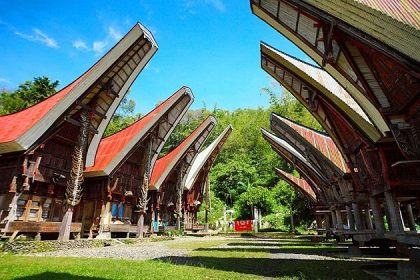
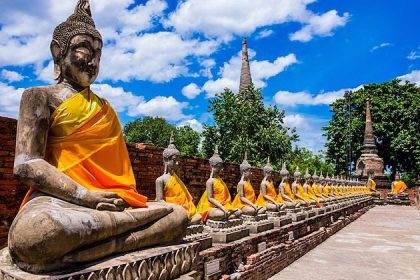
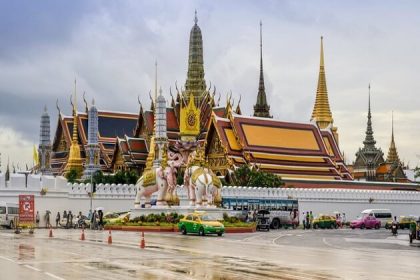
Reviews
There are no reviews yet.